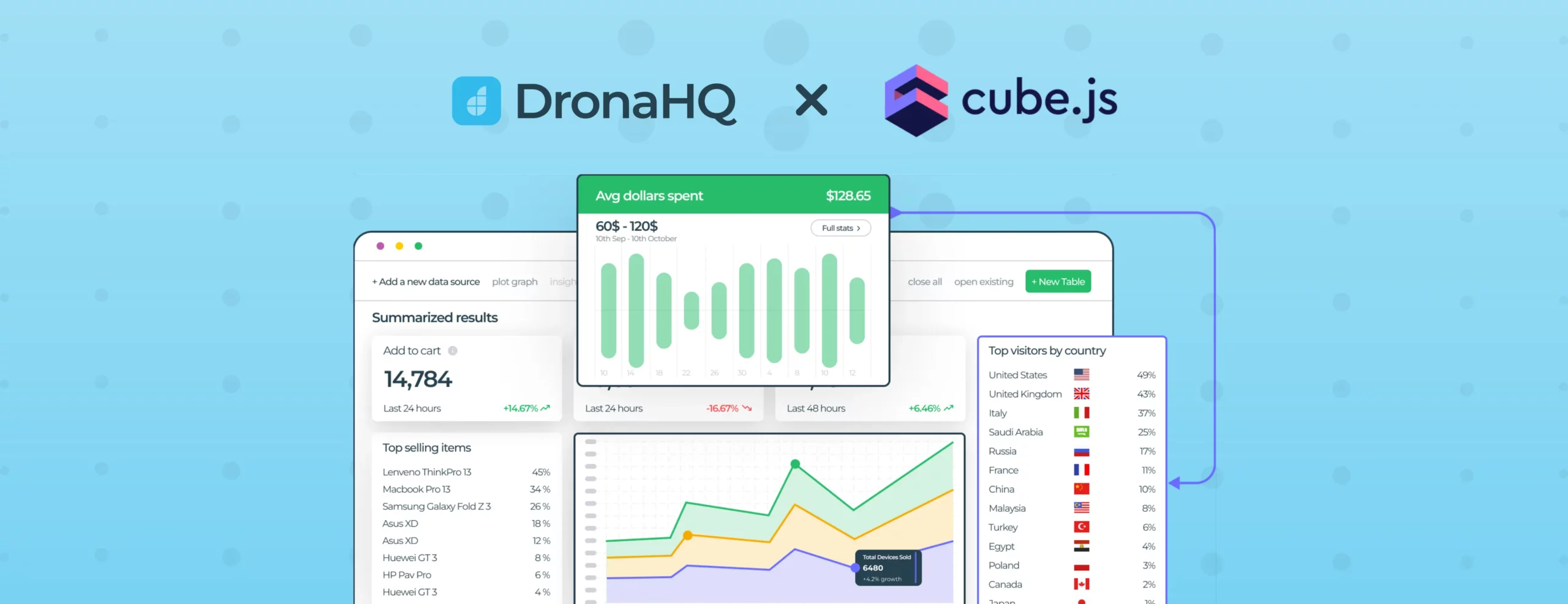

API Orchestration with Low Code
Smart automation tools and operational apps are quickly rising in importance for many organizations, but how quickly they are adopted is heavily determined by the adaptability of the enabling technology.
Digital adoption has many emerging technologies in force, but the unseen ‘super glue’ of all business services, Application Programming Interfaces (APIs), is what is driving the acceleration.
The growth of APIs has enabled transportation services to partner with banks, and retail shops to use payment apps, and banks to offer investment opportunities, loans, currency transactions, and payment services on e-commerce platforms.
What is an API?
An application programming interface(API), is a set of rules and protocols that allow software components to communicate with each other. It provides a way for different components of a system to interact with each other without having to know the details of how the other component works.
What is API Orchestration?
API orchestration is the process of integrating two or more applications into a single, unified offering. For example, you can combine API calls into a single frontend, automate processes, or combine multiple internal APIs.
API orchestration can be a powerful tool for businesses that want to offer a streamlined and seamless user experience. By integrating multiple APIs into a single offering, businesses can eliminate the need for customers to use multiple applications or interfaces to access different features or data. This can result in increased customer satisfaction and loyalty, as well as reduced support costs.
Let’s create a scenario where orchestration might be justified. Imagine a BFSI institute has decided to introduce online identity verification. Now to verify identity the institute has to ask its users to submit documents like PAN cards, Aadhaar, or driving licenses. Some BFSI institutes might also require KYC verification such as audio verification and face verification with liveliness check and match them with the user’s uploaded picture. Now because the user has to upload the documents, a backend API must be invoked to extract the data, convert it to a standard format, compress it, and split the file into constituent parts.
Additionally, there would also need to be a storage API, a payment API, and several others. More specifically, this entire system would need to be presented in a clean interface that does not require the user to jump through too many hoops.
If no orchestration was taking place behind the scenes, each step would be overly complicated, and the user experience would be fragmented across multiple machines and screens.
Who is the consumer of the API orchestration layer?
The API orchestration layer can have multiple consumers depending on the objectives of an organization. Some of the most common consumers of the API orchestration layer in organizations are web applications, mobile applications, microservices, internal tools, and panels, and third-party integrations. These consumers utilize the API orchestration layer to access and interact with various APIs in a structured and streamlined manner, facilitating efficient communication and integration across different systems and applications.
How low-code development simplifies API interactions
Low code tools are rapidly enabling teams across every business to develop internal tools and custom applications. Low code speeds up app development by offering ready-to-use UI and integration capabilities, allowing developers to work smarter and deploy mission-critical projects more quickly.
The low-code development market is expected to reach $187 billion by 2032, up from $14 billion in 2022.
Now, implementing APIs between two apps using conventional programming techniques appears to be very simple. However, creating and managing API integration amongst numerous applications in a production setting can be incredibly difficult. Low code tools can be useful in this situation.
Low code development platforms allow developers to create and customize applications using visual, drag-and-drop interfaces, with ready UI blocks, and ready connectors to various data sources. While heavy lifting governance and security elements, making it simple to allow the right users to access the APIs and build the apps with role-based access views. This can make it easier for users to interact with APIs (Application Programming Interfaces) by abstracting away many of the technical details and providing ready databases connectors and other tools to facilitate integration with external services.
For example, a low code platform might provide a user-friendly interface for selecting the specific API endpoints and parameters that should be called, as well as tools for mapping the data returned by the API to user interface elements within the application. This can save users a lot of time and effort compared to writing code manually to interact with APIs.
As a result, a low-code solution can substantially simplify API integration, enabling those who understand what the integration is intended to do to realize it efficiently and quickly.
How low code is revamping API orchestration
Low code programming uses a graphical user interface to visually depict the functionality and underlying code. In a low-code tool that supports API integration, users can specify the functionality they want the integration to do by modifying the visual elements in the graphical user interface.
A complex system that exchanges data between multiple applications requires close cooperation between those who understand the business and developers who understand API integration, in addition to the enormous challenge of setting up and maintaining all the APIs required. Low code API integration can make it possible for persons who comprehend business requirements but lack advanced programming abilities to directly set up the required API configurations.
Speed is also essential in the current climate, where effective digital transformation can be the difference between success and failure. This is so that both incumbents and new players can take advantage of market opportunities. Due to the lack of digital abilities at all levels, API integration must be quick and effective while also requiring the least amount of programming knowledge possible.
It is not enough to just state that everyone wants to develop and be empowered in order to succeed with minimal code. Low code must be considered a business necessity if you want to increase your organization’s agility, value, and ultimately scale.
Introducing DronaHQ
DronaHQ offers teams a platform to integrate multiple APIs, manage APIs, and build a compelling frontend on top of them.
With DronaHQ, you can fine-tune the API responses using JavaScript or formulas akin to those in Excel. Additionally, you receive a visual query builder for server-side filtering using run-time-defined criteria.
In our identity verification in the BFSI use case, we require multiple API configurations to make the identity verification process successful. To connect with databases where the customer’s data is stored DronaHQ provides the ability to connect with ready database connectors. Using DronaHQ, you can fetch relevant APIs as the response of the first API into a single frontend and perform verification tasks quickly.
DronaHQ offers a comprehensive marketplace of ready-to-use front-end templates that you can plug your APIs into and start using right away, ranging from advanced dashboards to database admin panels.
Additionally, DronaHQ comes with promising solutions for securely distributing front-end applications to users. You can give users role-based or user-based permission to view, modify, add, or remove records.
Overall, low-code development platform like DronaHQ is one of the most powerful and flexible among the other API orchestration tools and can help simplify the process of integrating with APIs by providing a more intuitive and user-friendly way to interact with them.
Try DronaHQ now!



